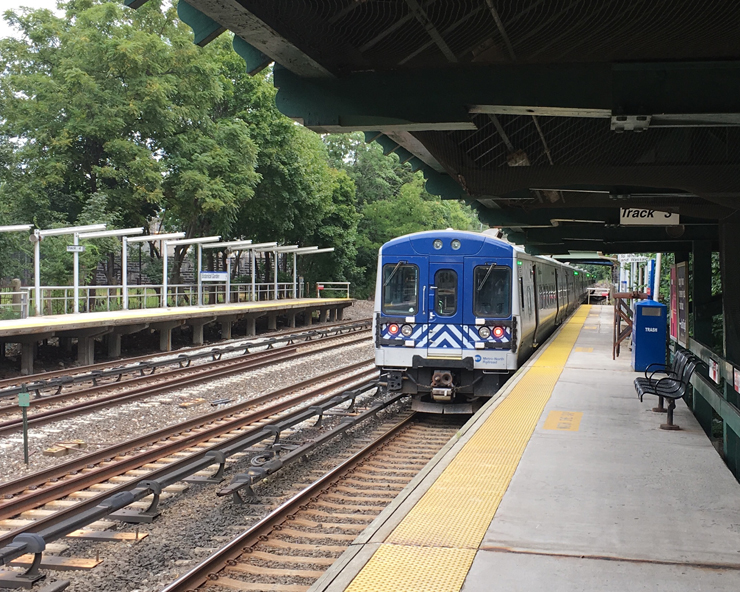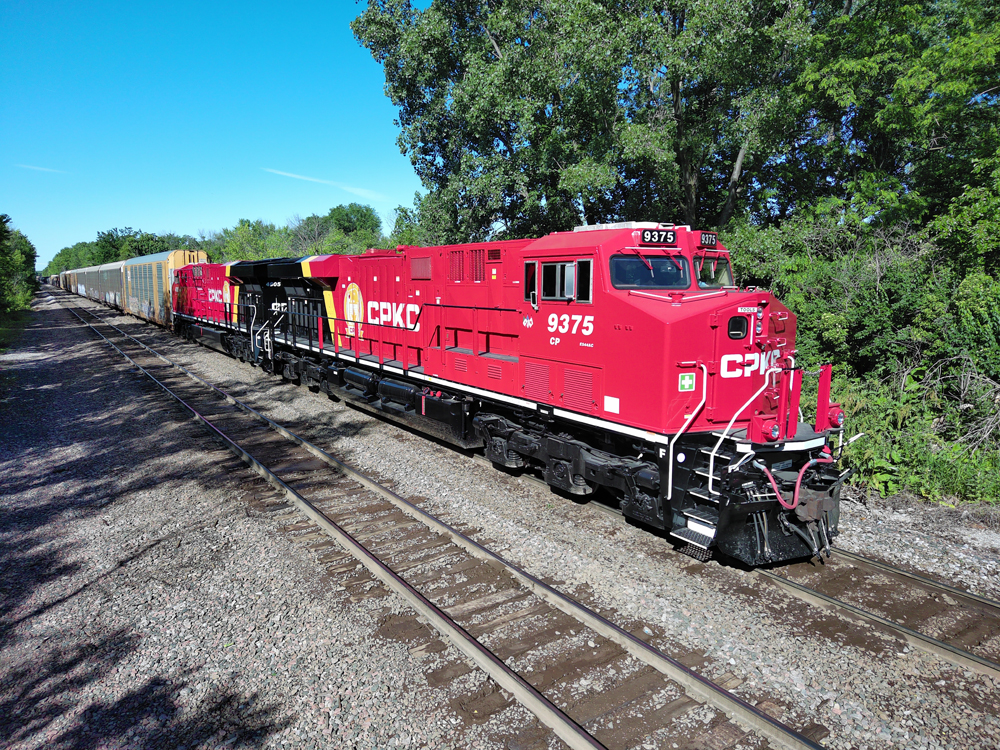NEW YORK — Intermediate-station traffic, not that to and from New York’s Grand Central Terminal, helped drive Metro-North Railroad ridership gains.
That’s just one notable finding from an Metropolitan Transportation Authority report, issued in April, that looks at Metro-North ridership over the 30-year period from 1988 to 2018.
During that period, the intermediate-station traffic increased nearly 150%, from more than 5 million in 1988 to more than 13 million in 2018. The increase reflects an effort launched six years ago, when Metro-North added almost 250 trains per week in weekend, off-peak, and intermediate markets, hoping to attract riders who didn’t take the train during the morning or evening rush hours or would ride between stations other than endpoints.
The actual number of commuter rides to and from Manhattan, 62 percent of total rides at the start of the 30-year report, has now dwindled to less than half of 2018’s 86.5 million travelers. Last year, the Hudson and New Haven lines set customer records, while the Harlem Line’s station repair, which resulted in a temporary loss of full train service, had a 1.5 percent decrease.
Over the 30-year timespan of the report, total ridership on the Hudson, Harlem, and New Haven Lines went from 54 million to almost 90 million people, a 60% increase.














